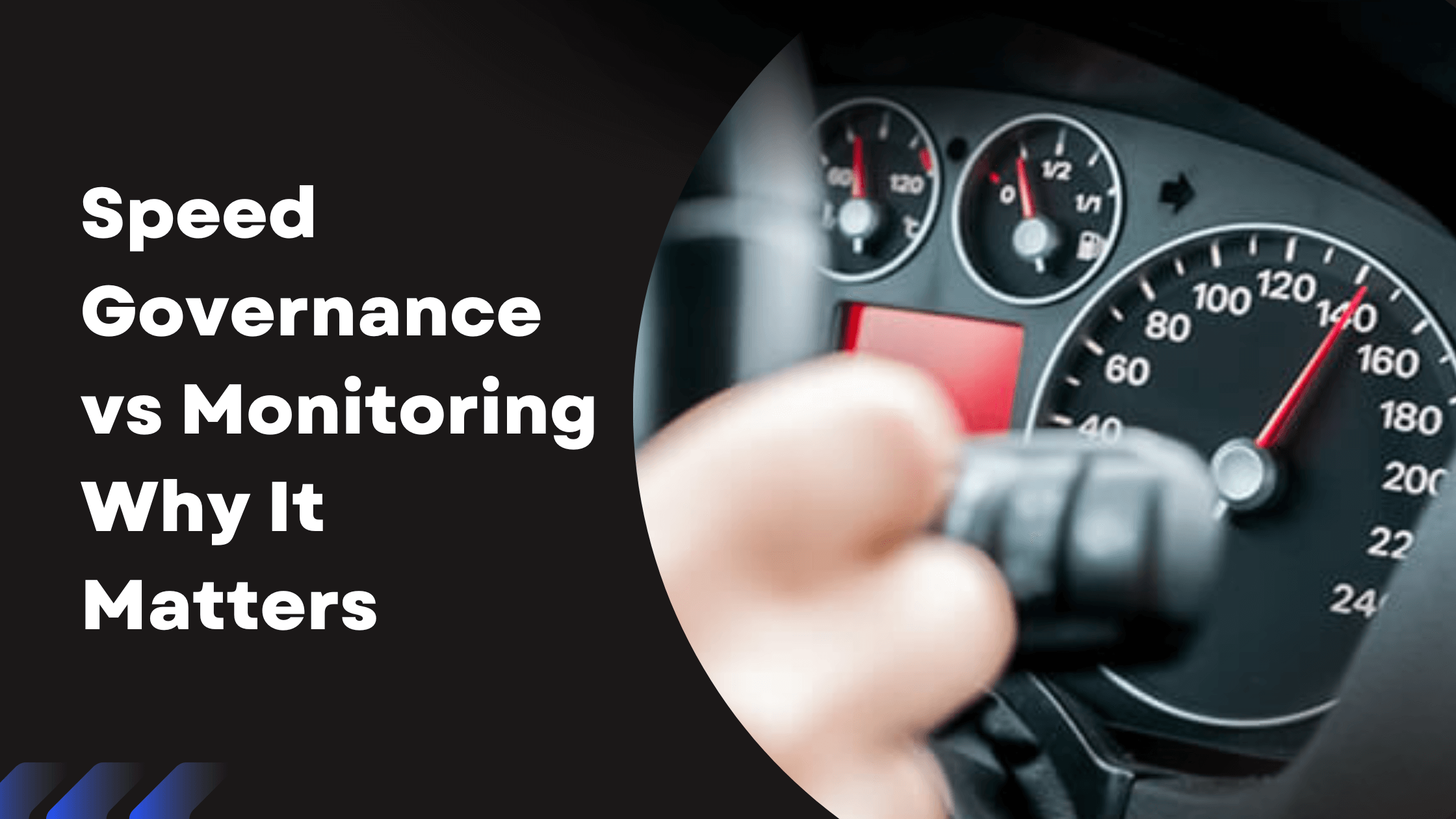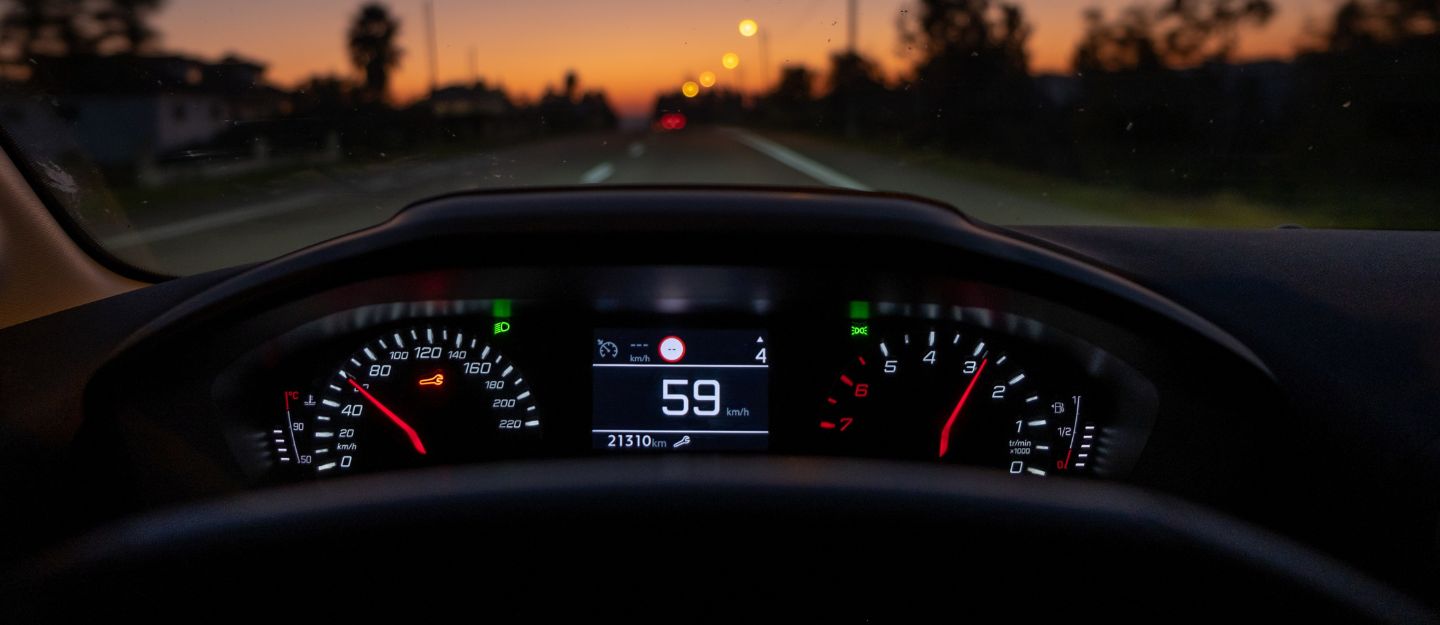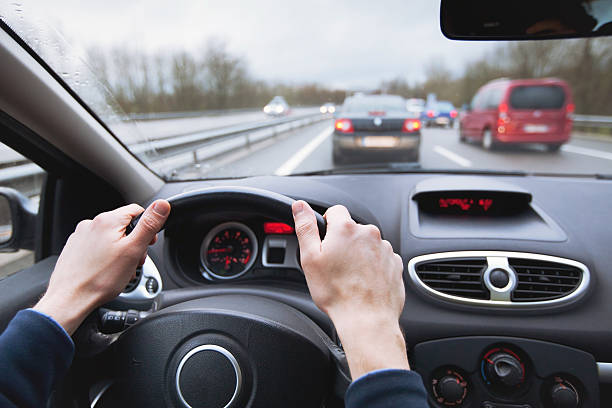Speed Governance vs Speed Monitoring: What’s the Difference and Why It Matters
Jun 4, 2025 Resolute Dynamics

Every fleet manager I talk to wants the same thing—safer roads, lower fuel costs, and drivers who follow the rules. But when it comes to speed control, there’s often confusion between two terms: speed monitoring and speed governance.
They sound similar, but they work very differently. And understanding the difference could mean the gap between simply recording risky behavior and actually preventing accidents before they happen.
Let’s break it down.
✅Key Takeaway:
Speed monitoring shows how fast a vehicle was going; speed governance steps in and stops it from going too fast in the first place—one observes, the other enforces. For fleets in 2025, pairing both tools gives the strongest grip on safety, fuel savings, and staying on the right side of the law.
What is Speed Monitoring?

Speed monitoring is like having a smart observer inside your vehicle. It doesn’t touch the controls or stop the driver, but it’s always watching—and recording—how fast the vehicle is going, where it’s going, and how it’s being driven.
This process is made possible by vehicle telematics, which is a mix of GPS tracking, onboard diagnostics, accelerometers, and real-time data transmission. These technologies work together to gather and send performance data from the vehicle back to a central platform—usually a fleet management dashboard or a mobile app.
Here’s how it works:
- A telematics device is installed in the vehicle.
- It collects key metrics like speed, engine RPM, throttle pressure, braking force, location, and time.
- The data is sent wirelessly to a cloud server or fleet control center.
- Managers can then review driving patterns, receive speed alerts, or generate behavior reports.
Real-World Use of Speed Monitoring

Let’s say a truck is driving through a construction zone with a 60 km/h limit. The monitoring system picks up that the truck is going 85 km/h. It instantly flags the event, stores the data, and sends an alert to the fleet manager. It might also tag it as a “critical speeding event.”
Over time, if the same driver racks up several such alerts—especially in school zones or residential areas—it creates a driver risk profile. This helps companies decide who needs driver retraining, coaching, or even disciplinary action.
But Here’s the Catch: It’s Passive
Speed monitoring systems only report violations—they don’t stop them. That means the system is reactive. It tells you after the fact that a rule was broken. There’s no built-in enforcement.
This is why it’s often used for:
- Post-incident analysis (e.g., after a crash)
- Driver performance reviews
- Policy audits
- Insurance reporting
It’s a valuable tool for understanding behavior, but it doesn’t actively reduce risk on its own.
Common Technologies Behind Speed Monitoring
To get more technical, here are a few components you’ll often find in speed monitoring systems:
- CAN Bus Interface: Connects to the vehicle’s internal network to pull speed and engine data.
- GPS Receiver: Tracks location and route, correlating speed with road limits.
- IMU Sensors (Inertial Measurement Units): Measure sudden movements like harsh braking or rapid acceleration.
- Cellular/Wi-Fi Modules: Transmit data back to your management platform in real-time.
These are often bundled into what’s called a black box, or fleet telematics device, and used across industries like logistics, public transport, emergency response, and last-mile delivery.
What is Speed Governance?

While speed monitoring is like having a camera that records how fast a vehicle is moving, speed governance is more like a safety net that steps in and takes control when needed. It doesn’t just tell you what happened—it prevents it from happening in the first place.
Speed governance is the process of automatically limiting a vehicle’s speed using built-in technology. It’s a real-time intervention system, not just a data collector. This means that when the system sees the vehicle going over a set limit, it doesn’t send an alert—it steps in and slows the vehicle down.
This approach is part of what’s called active safety systems in the automotive industry. These systems are designed to reduce the chance of an accident, not just react to one.
How Does Speed Governance Work?
Speed governance systems can be installed directly into a vehicle’s engine control unit (ECU) or as a separate module that communicates with the vehicle’s onboard diagnostics system (OBD-II).
Here’s what typically happens:
- A speed threshold is programmed into the system—say, 100 km/h.
- The vehicle starts to accelerate.
- As it nears the threshold, the system takes over the throttle control or fuel injection system to prevent the car from going faster than the limit.
- If the driver tries to push harder on the pedal, the vehicle simply won’t respond beyond the capped speed.
This is often called intelligent speed assistance (ISA) or speed limiting technology.
Types of Speed Governance
There are several types of governance systems, depending on the level of intelligence and automation involved:
✅ Fixed Speed Limiters
- These are simple systems that cap the maximum speed of the vehicle to a single value (like 90 km/h).
- Common in heavy-duty trucks, buses, and school transport vehicles.
✅ Dynamic Speed Limiters
- These systems adjust the speed limit depending on context.
- For example, a vehicle might be allowed to go 100 km/h on a highway but be limited to 30 km/h in a factory area.
- These use GPS, geo-fencing, and cloud-based rules.
✅ Geo-fencing-Based Governance
- A geo-fence is a virtual boundary drawn around a real-world area (like a school zone or depot).
- Once a vehicle enters that area, the system automatically adjusts the speed limit.
- Perfect for delivery vehicles, forklifts, or service fleets working in mixed zones.
✅ AI-Powered Adaptive Speed Control
- This is the next generation of speed governance.
- These systems use machine learning models to learn from past driving patterns and predict when to intervene.
- They combine data from weather APIs, traffic feeds, driver behavior records, and sensor data to adjust speed intelligently.
- These tools are part of broader ADAS (Advanced Driver Assistance Systems).
Real-World Applications of Speed Governance
Speed governance is already used in industries where safety and compliance are top priorities:
- Public Transport: Buses with speed governors to protect passengers and reduce pedestrian accidents.
- Logistics Fleets: Delivery trucks governed to avoid highway speeding fines and reduce insurance risk.
- Mining and Industrial Vehicles: Equipment speed limited to prevent rollovers or collisions in tight operational zones.
- School Buses: Vehicles limited to lower speeds for child safety.
Benefits of Speed Governance
Speed governance isn’t just a legal checkbox—it’s a game-changer for fleet safety and driver accountability.
1. Enforced Safety
No matter how aggressive the driver, the system keeps the speed within a safe range. It’s like a seatbelt for the accelerator.
2. Fuel Efficiency
Speeding burns fuel at a higher rate. Governance helps cut fuel consumption by enforcing consistent, economical driving speeds.
3. Legal Compliance
In many countries—especially across the UAE, EU, India, and Southeast Asia—speed limiters are mandatory for commercial vehicles. Governance systems make compliance automatic.
4. Risk Reduction
Fewer speeding incidents mean fewer crashes, fewer insurance claims, and lower maintenance costs.
5. Smarter Fleet Management
When speed governance is paired with real-time telematics, fleet managers get full visibility and control—monitor, analyze, enforce, and adapt.
The Main Differences Between Monitoring and Governance
Let’s compare the two side by side:
| Feature | Speed Monitoring | Speed Governance |
| Action Type | Passive | Active |
| Function | Records and reports speed | Limits and controls speed |
| Reaction Time | After-the-fact | Real-time |
| Impact | Behavior review | Behavior prevention |
| Technology | Telematics, GPS tracking | Speed limiters, AI control systems |
In short: monitoring gives you information, governance gives you intervention.
Why This Difference Matters for Fleet Safety
Today’s roads are unpredictable—urban congestion, reckless drivers, changing speed zones, and strict compliance rules. You can’t afford to just “watch” anymore. You need to act.
Here’s why speed governance matters:
1. Reduces Accidents
Controlled speed means better reaction time, less impact force, and fewer collisions.
2. Improves Driver Behavior
When drivers know they can’t speed, they focus more on safe driving. It removes temptation and enforces responsibility.
3. Helps You Stay Compliant
Many regions—like the UAE, India, and EU countries—require speed limiters in commercial vehicles. Speed governance ensures you meet legal standards.
4. Cuts Fuel Costs
Speeding burns fuel fast. When speed is governed, fuel consumption drops, and operational efficiency goes up.
How Modern AI Makes Speed Governance Smarter
At the heart of advanced speed governance is AI and machine learning. Smart control systems can now:
- Predict risk zones based on location and time
- Learn a driver’s habits and adjust interventions accordingly
- Integrate with vehicle health systems to optimize performance
These aren’t just limiters anymore—they’re part of an intelligent vehicle ecosystem. With platforms like Resolute Dynamics’ Control suite, speed governance becomes part of a broader safety strategy. Vehicles interpret the environment, decide what to do, and take action—all in real time.
Do You Need Monitoring, Governance, or Both?
Here’s the truth: both play important roles. Monitoring gives you visibility. Governance gives you control.
Use monitoring if:
- You’re just starting out with fleet safety
- You want to track trends and train drivers
- You need compliance data for reporting
Use governance if:
- You want to eliminate speeding risks completely
- You operate in high-risk zones or under strict regulations
- You manage a large, dispersed fleet
The best strategy is usually a hybrid—monitor behavior, then apply governance where it counts most.
Final Thoughts: Control Isn’t Just About Speed—It’s About Safety
Speeding is still one of the top causes of road deaths worldwide. But with the right tools, we don’t have to accept that as normal.
Speed governance and monitoring work best together—watching, learning, and acting. By combining data from real-time telematics with smart AI-driven control systems, fleet operators can protect their drivers, their cargo, and everyone on the road.
It’s not just about speed. It’s about responsibility, safety, and building smarter roads for the future.